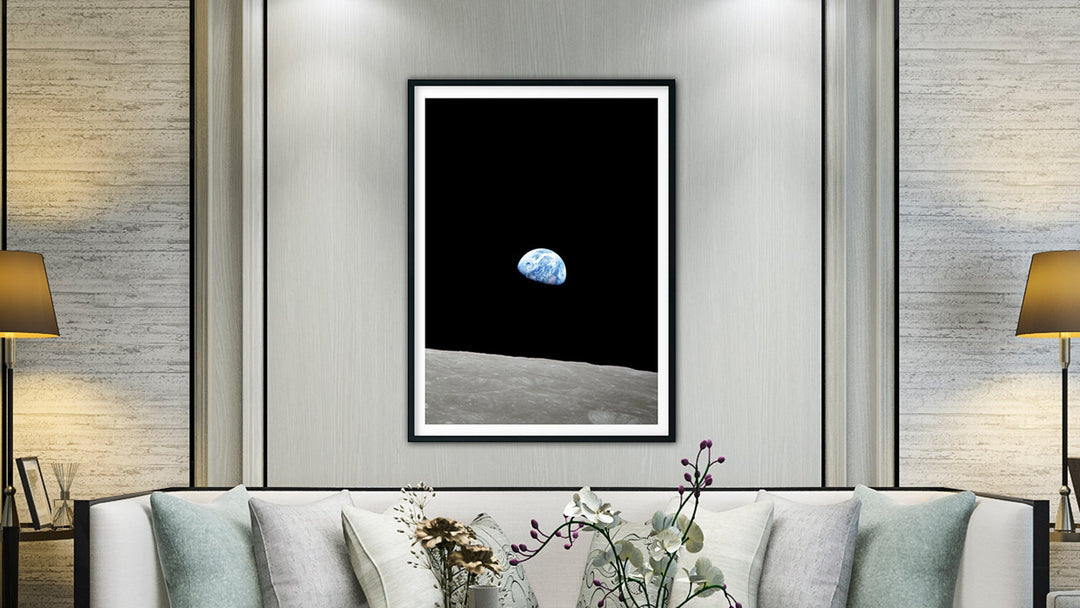ESO Poster: LMC Snapped in 1986
🚀 Premium Astrography™ Print
Fine Art™ or Poster™ Print Tube:
⚡ Your Print (rolled)
⚡ Frame not included - our customers usually use local manufacturers and make frames to size or use ready-made, widely available designs
Shipping/Delivery Time: Shipping and delivery times are separate from the manufacturing process.
Standard Manufacturing Time: up to 7 business days (excluding weekends and holidays).
Delivery Time: average delivery takes between 3 to 7 business days.
Shipping Assurance (optional): your order is protected from loss, theft, or damage—even after unboxing. Plus, our quick claims process ensures hassle-free resolutions (we will send a replacement with no questions asked).
In our small creative studio, each Astrography treasure is handcrafted just for you. While we prioritize stellar quality over speed, forgive us if we're a tad tardy.
Delays? Holidays, global events, or distant locations might be the culprits. If a change of heart strikes, send it back within 14 days, no questions. Dive into our Shipping & Returns page for details.
Your trust means the Universe to us! 🚀
We curated a premium print network, so your cosmic prints are crafted at local labs in your region, ensuring you receive them quickly without paying customs duties or taxes, or at least reducing them.
Manufacturer contact information
Name: Astrography Sp. z o.o.
Email address: support@astrography.com
Postal address: Marcina Flisa 4 Street, Warsaw, Poland, 02-247
Age restrictions: This product is made for adults
EU Warranty: 2 year warranty in EEA and UK, established by Directive 1999/44/EC.
Other compliance information: Meets the small parts and magnetic flux index level requirements. Inks: Water-based pigment inks (EPSON UltraChrome Pro12, Canon Lucia PRO Ink) or eco-solvent inks (UltraChrome GS3).
Hazards Identification
Classification (EC 1272/2008): Not classified as hazardous. Adverse Effects: None identified.
Please note that this product is suitable for indoor use only. Meets the lead level requirements.

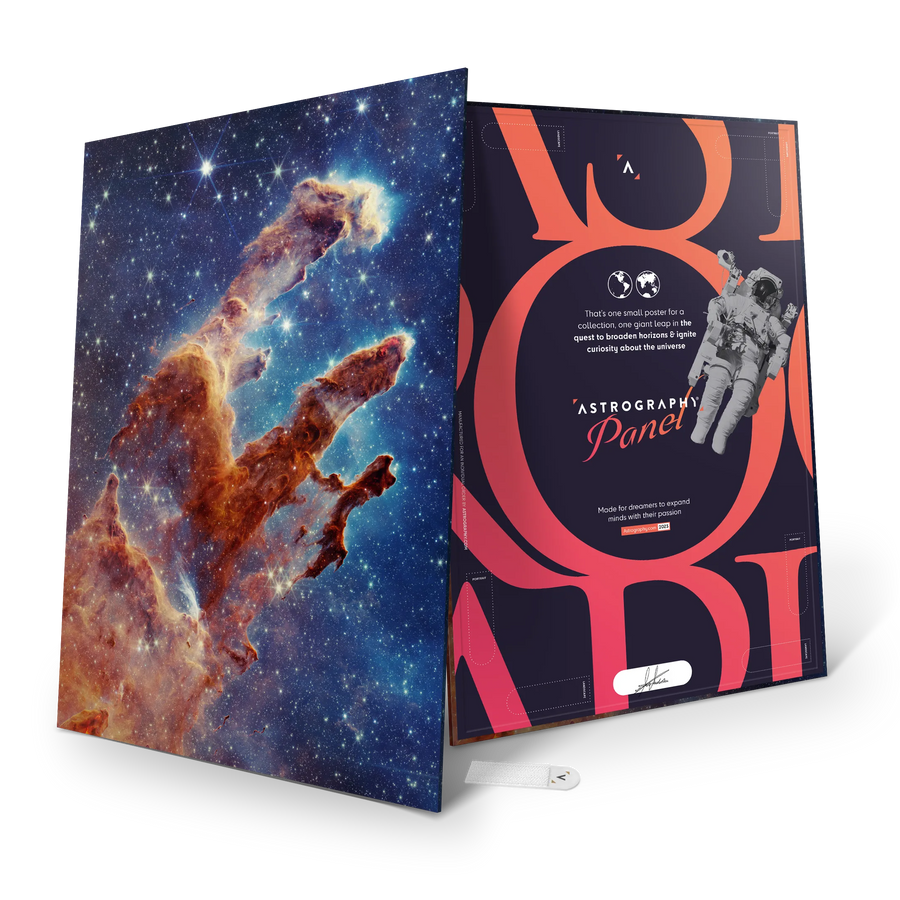
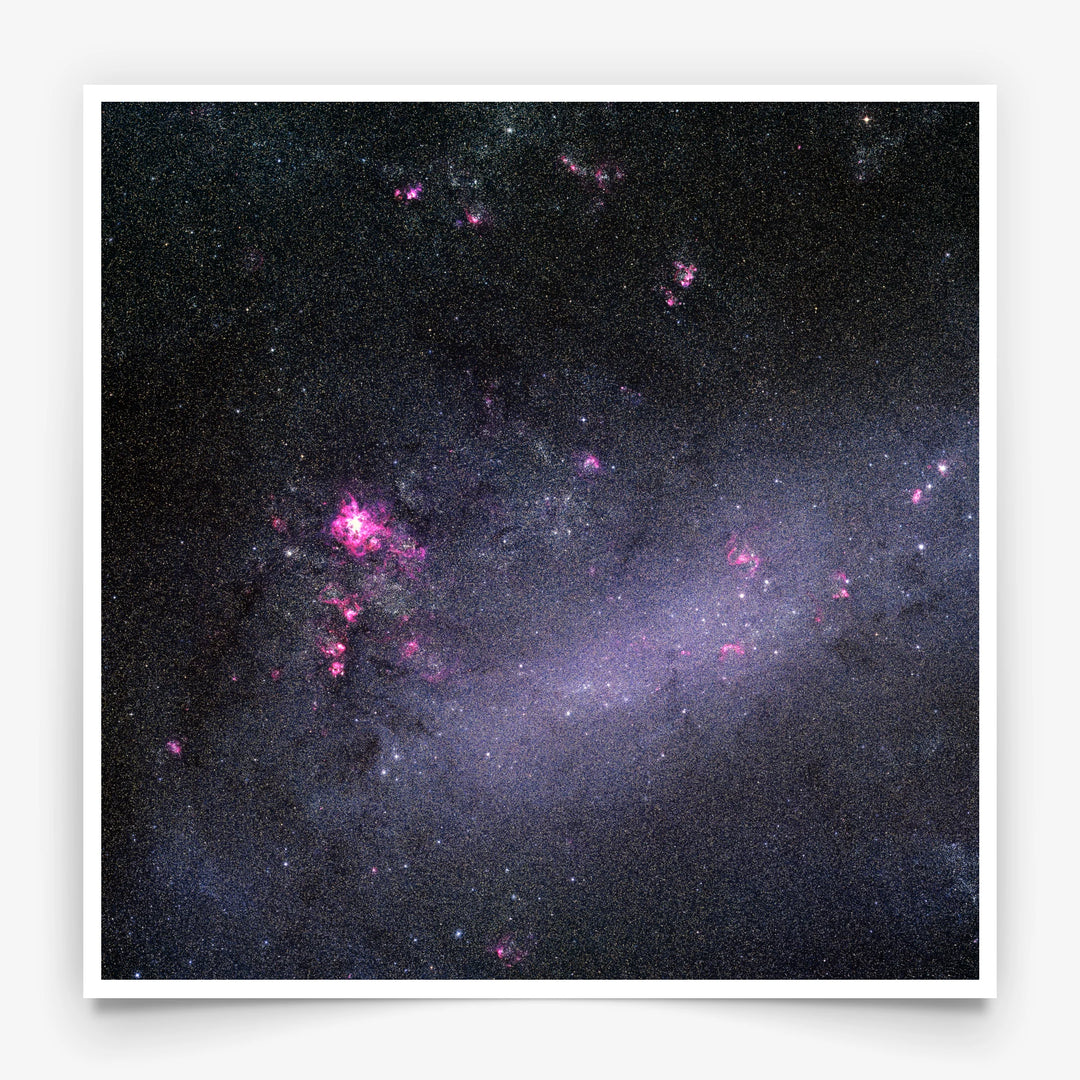
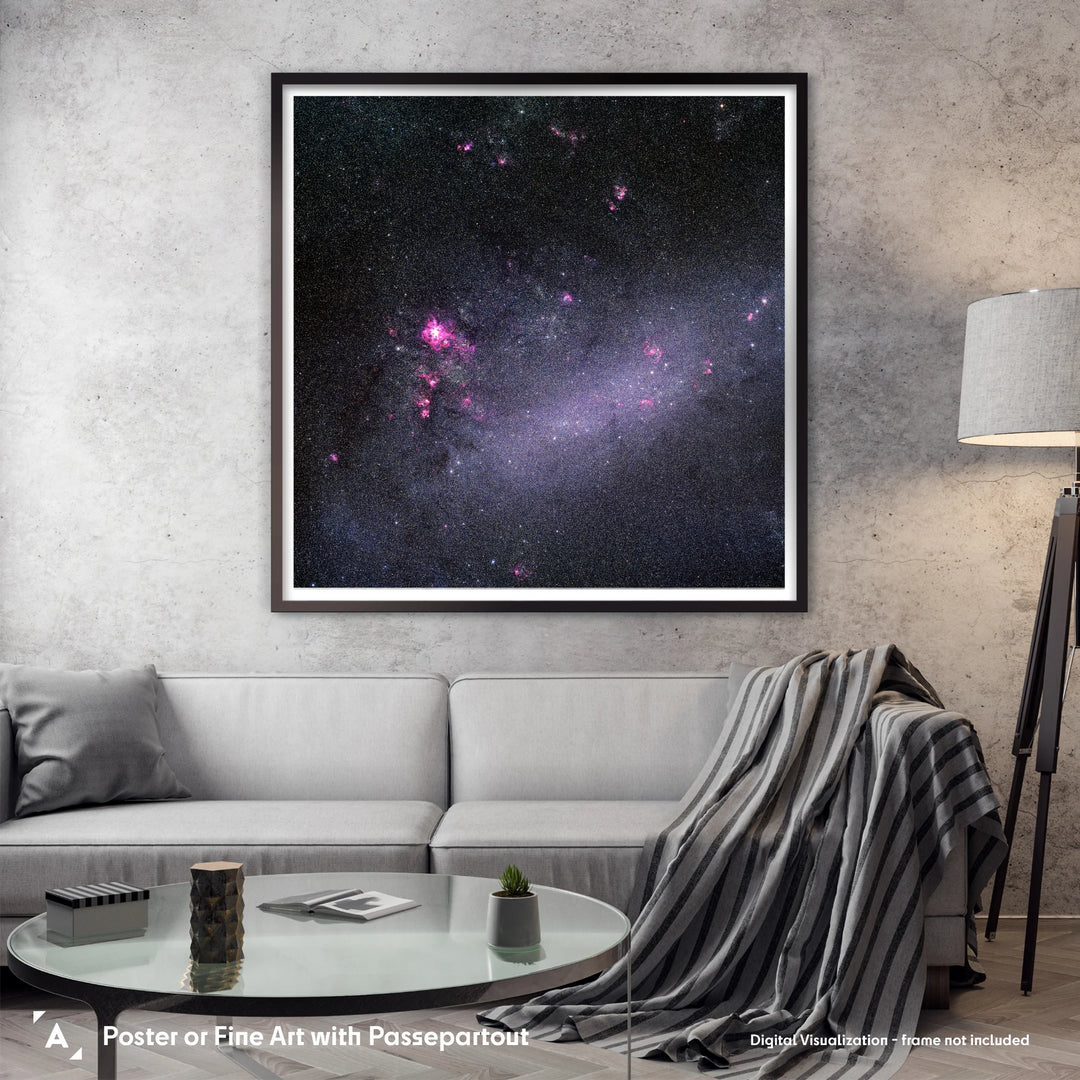
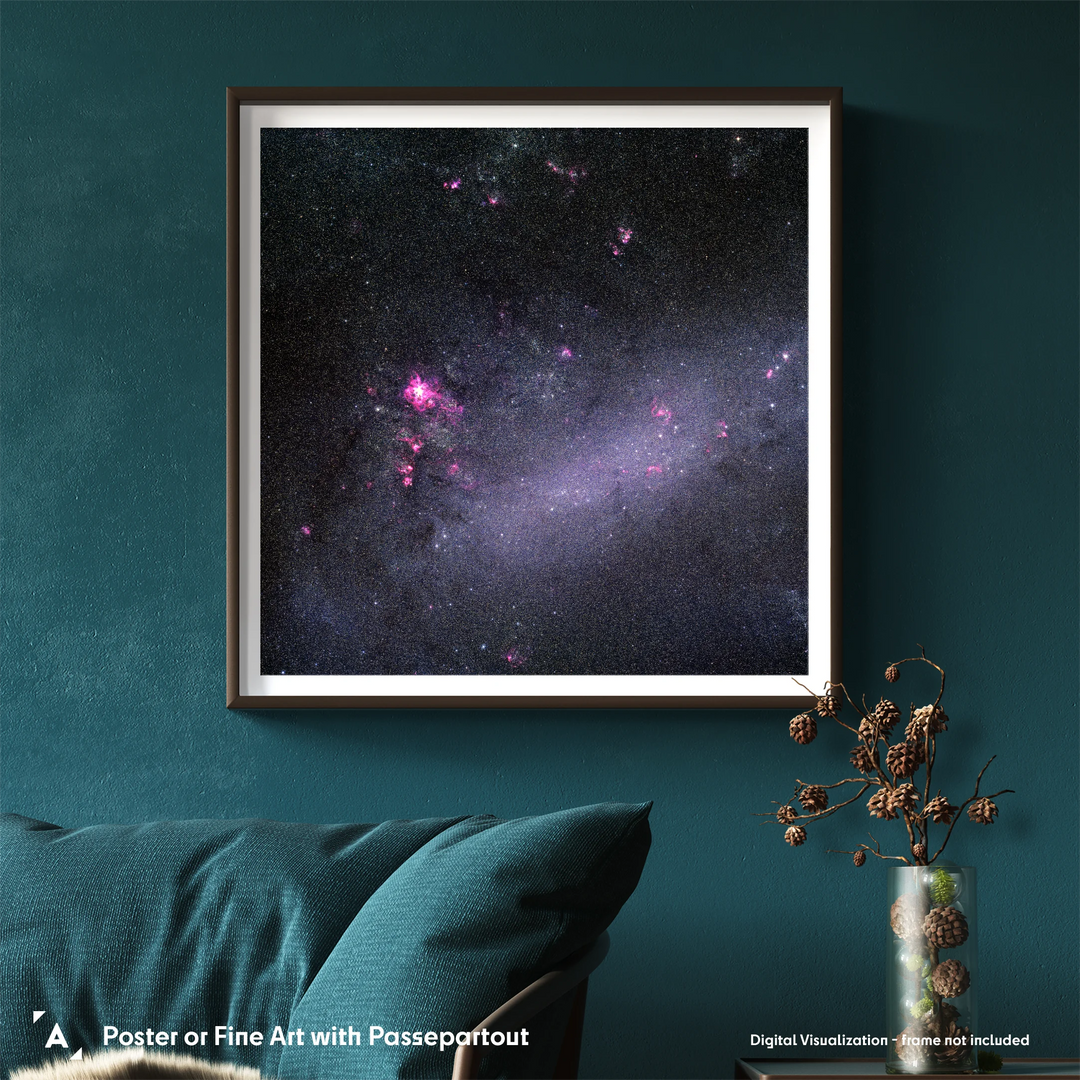
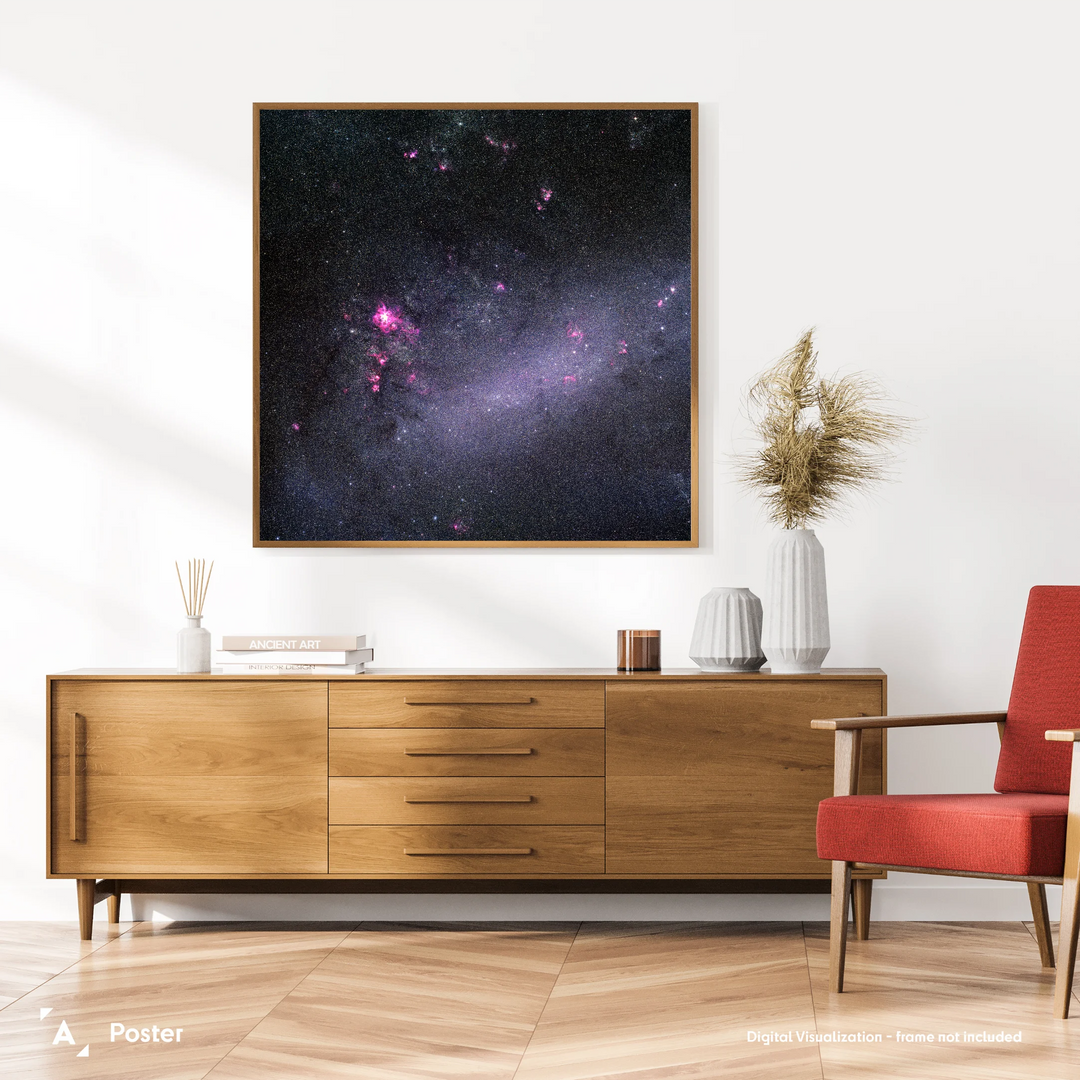
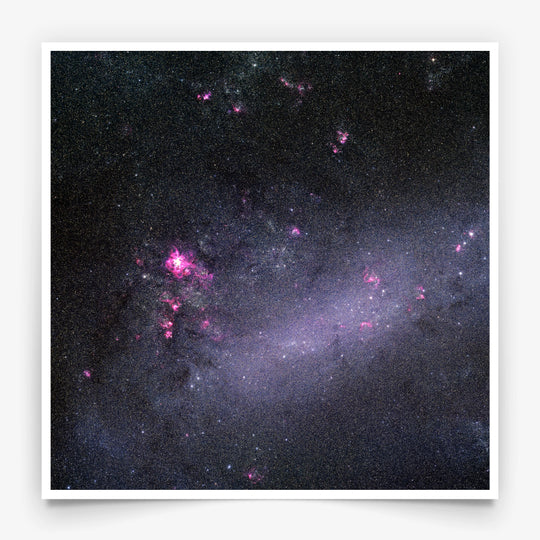
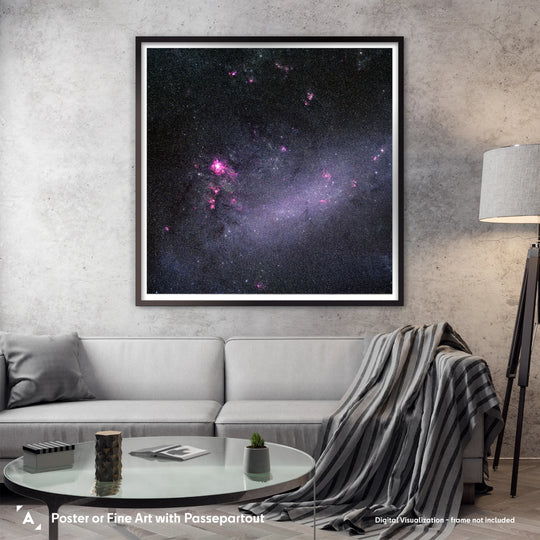
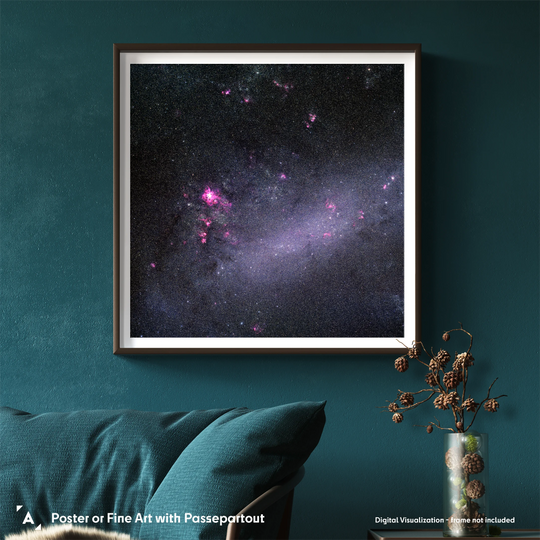
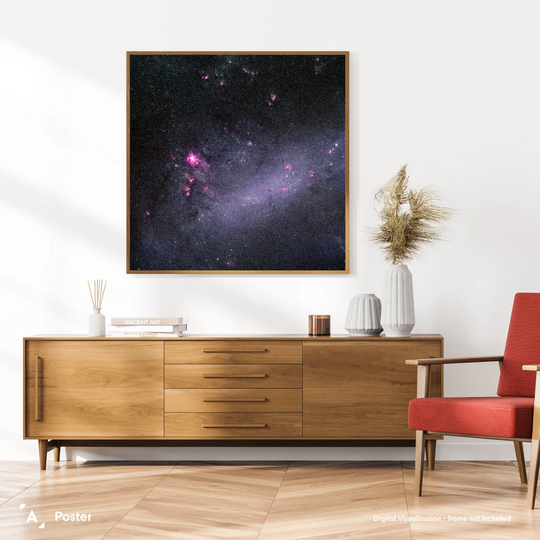

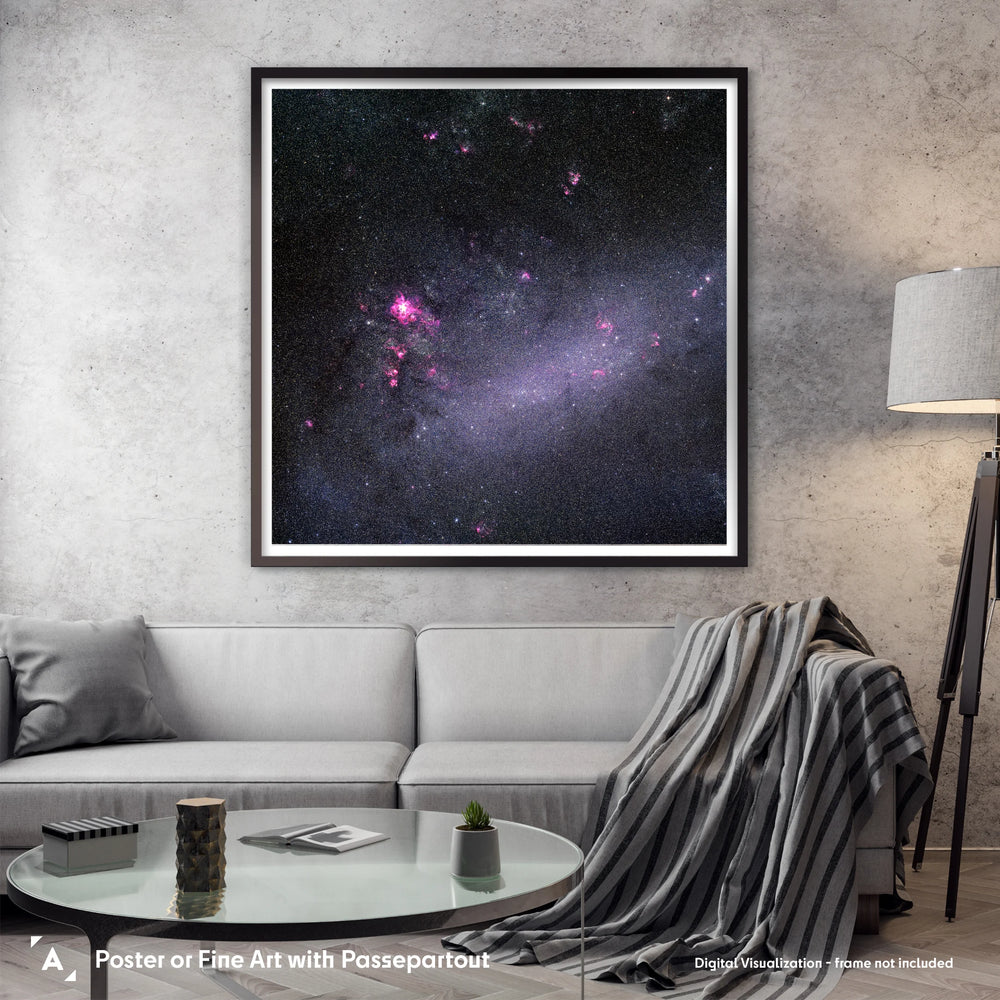
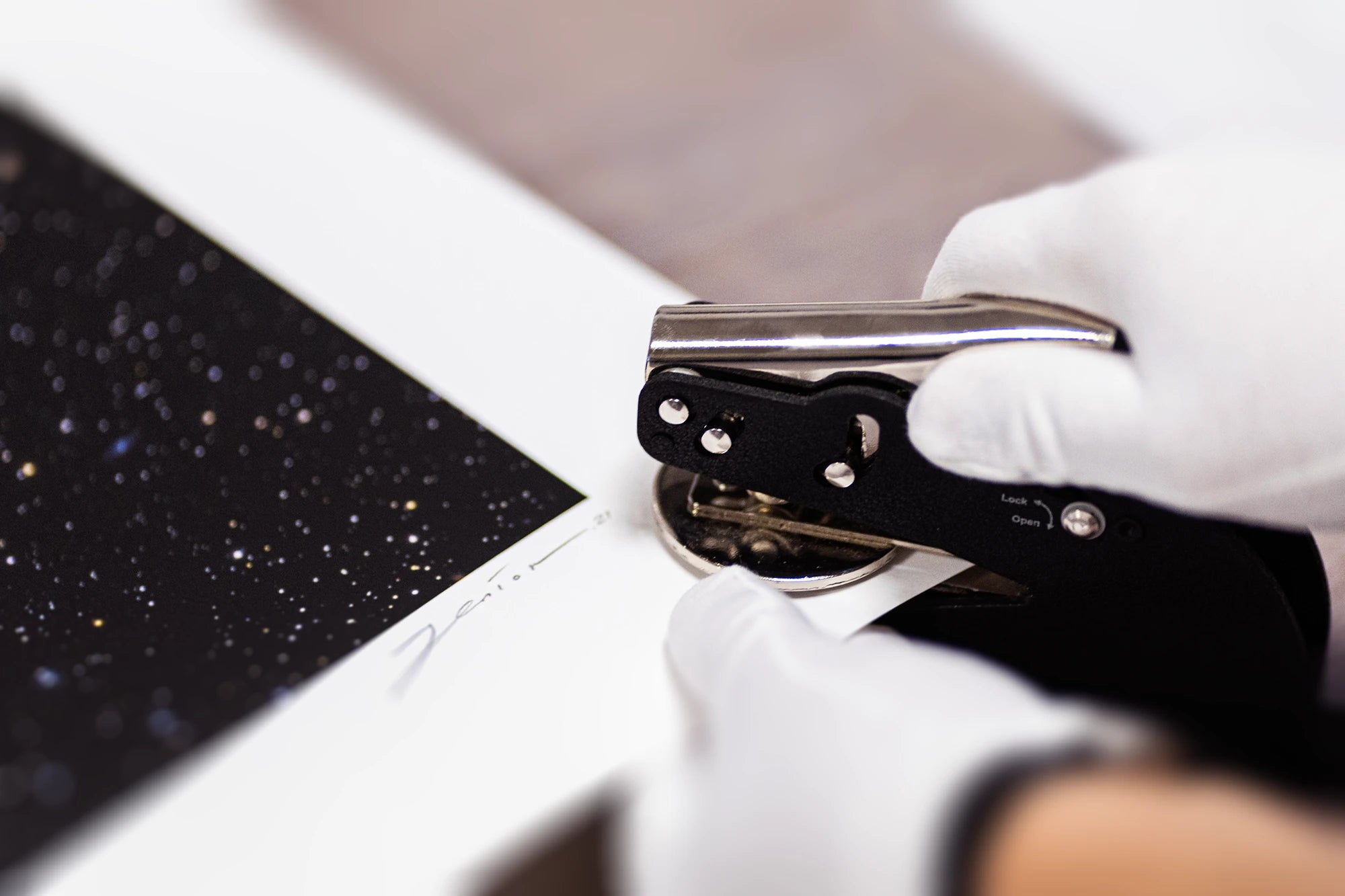

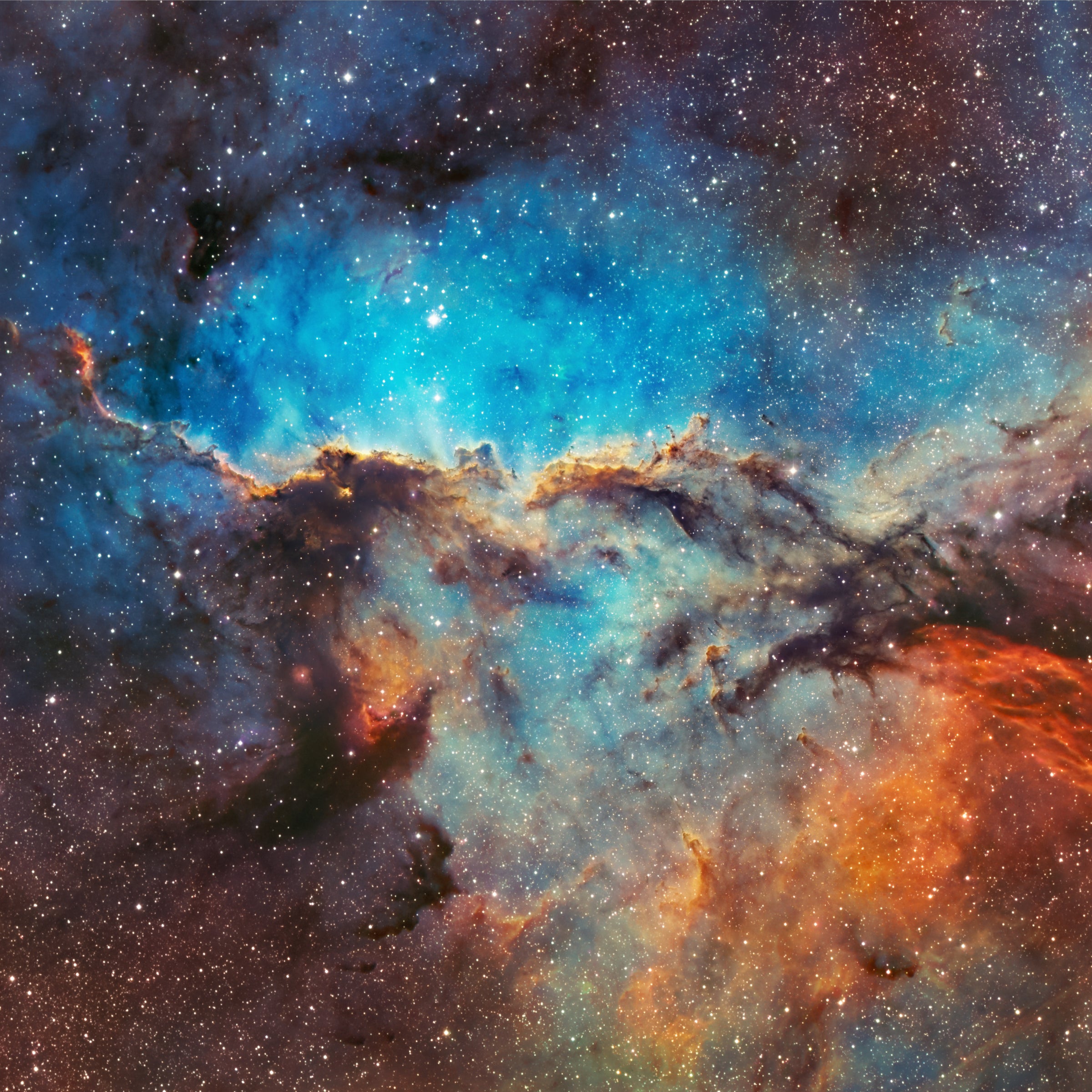
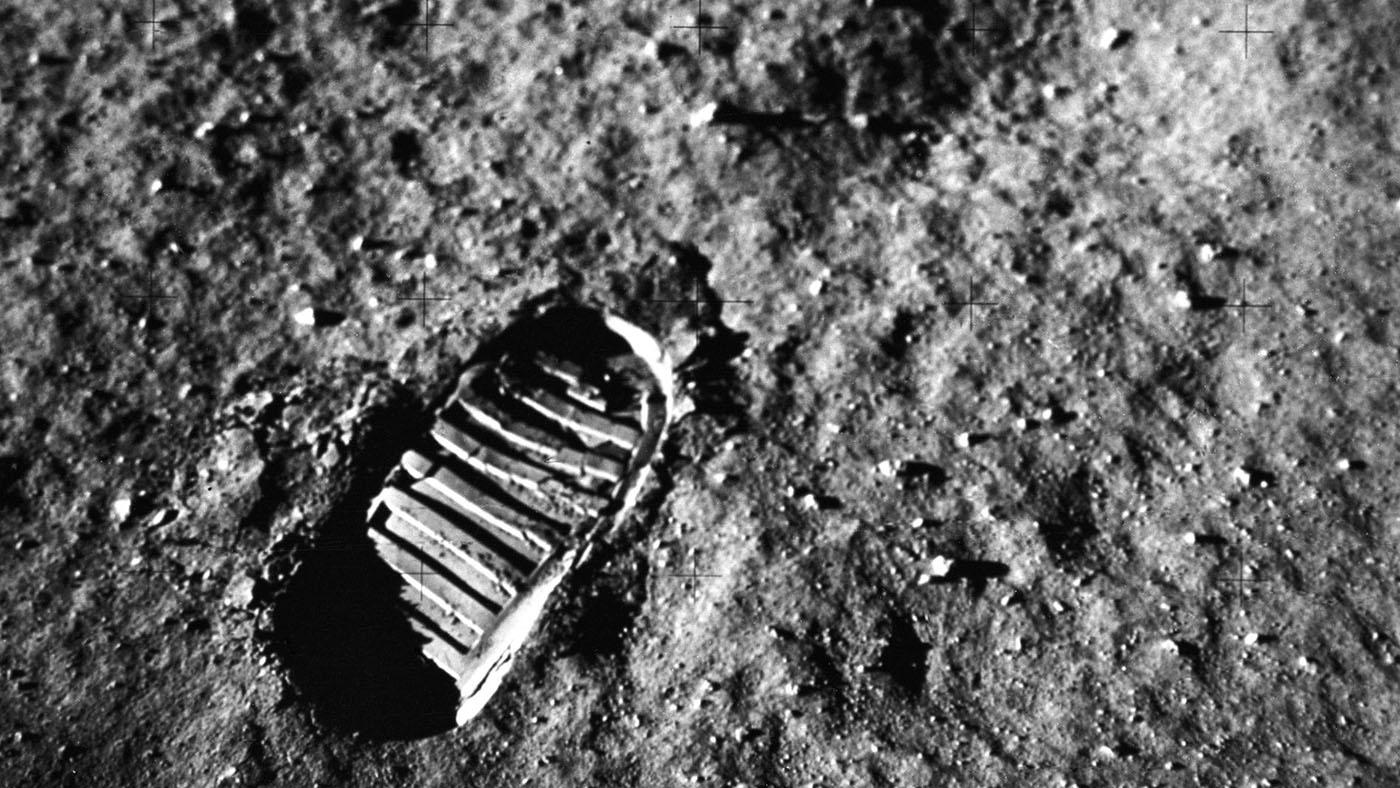
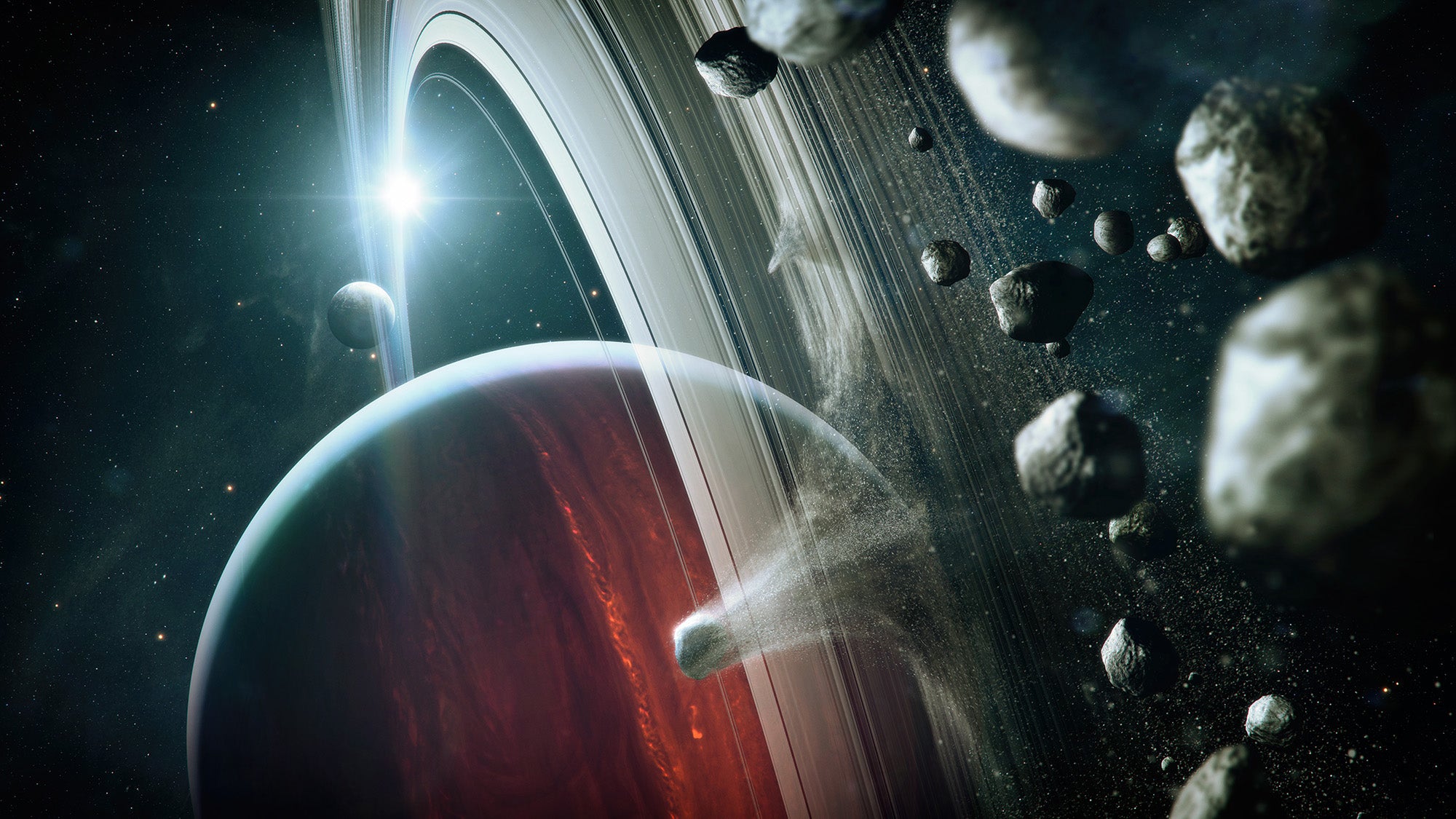
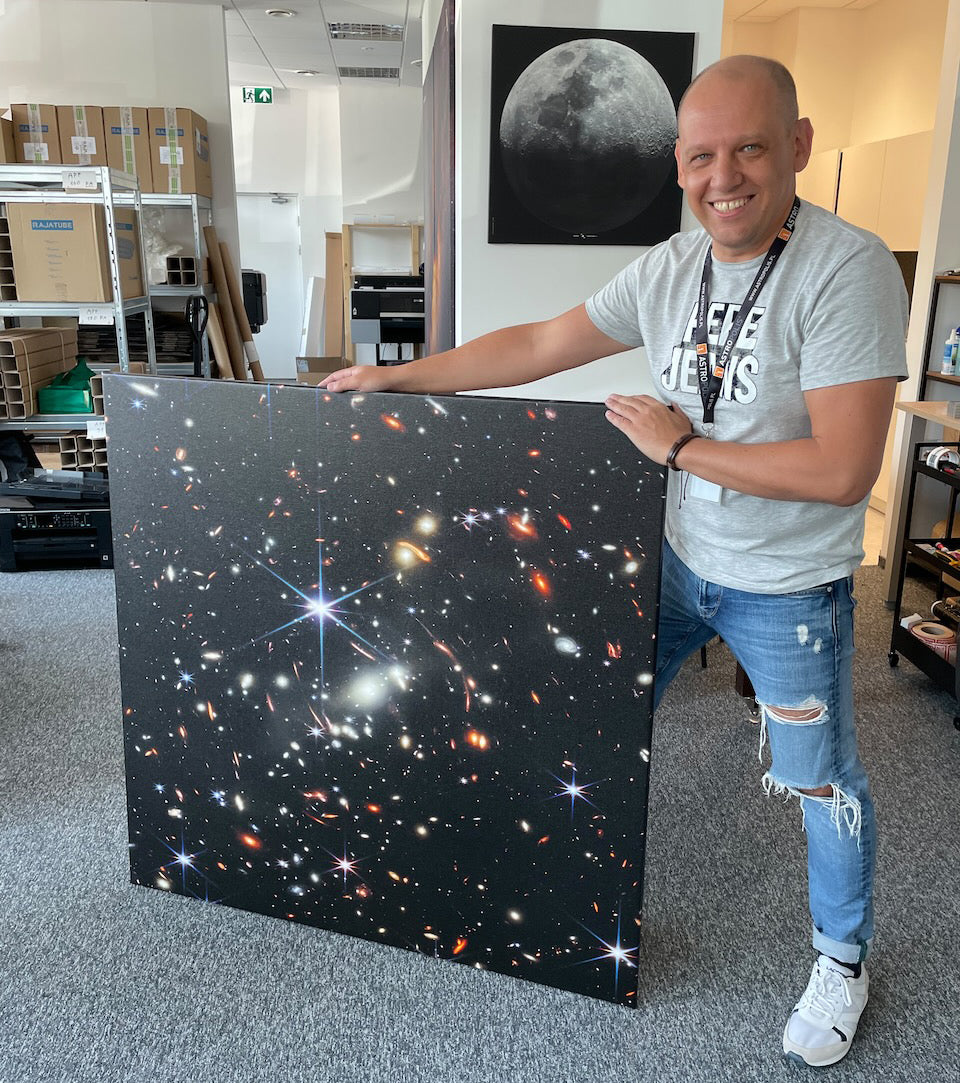
![How Space Wall Art for Home Office Creates the Ultimate Productive Workspace [Guide + Ideas]](http://astrography.com/cdn/shop/articles/wall-art-for-home-office_crab-nebula_2db40c31-05c1-437d-9089-50bb01872341.jpg?v=1755705042&width=1080)
![How Astronomy Wall Art for Office Transforms Productivity and Inspiration? [+ 5 Space Art Ideas]](http://astrography.com/cdn/shop/articles/wall-art-for-office_57844563-5081-4616-9aea-5cb3655d7cc0.jpg?v=1755707569&width=1080)
